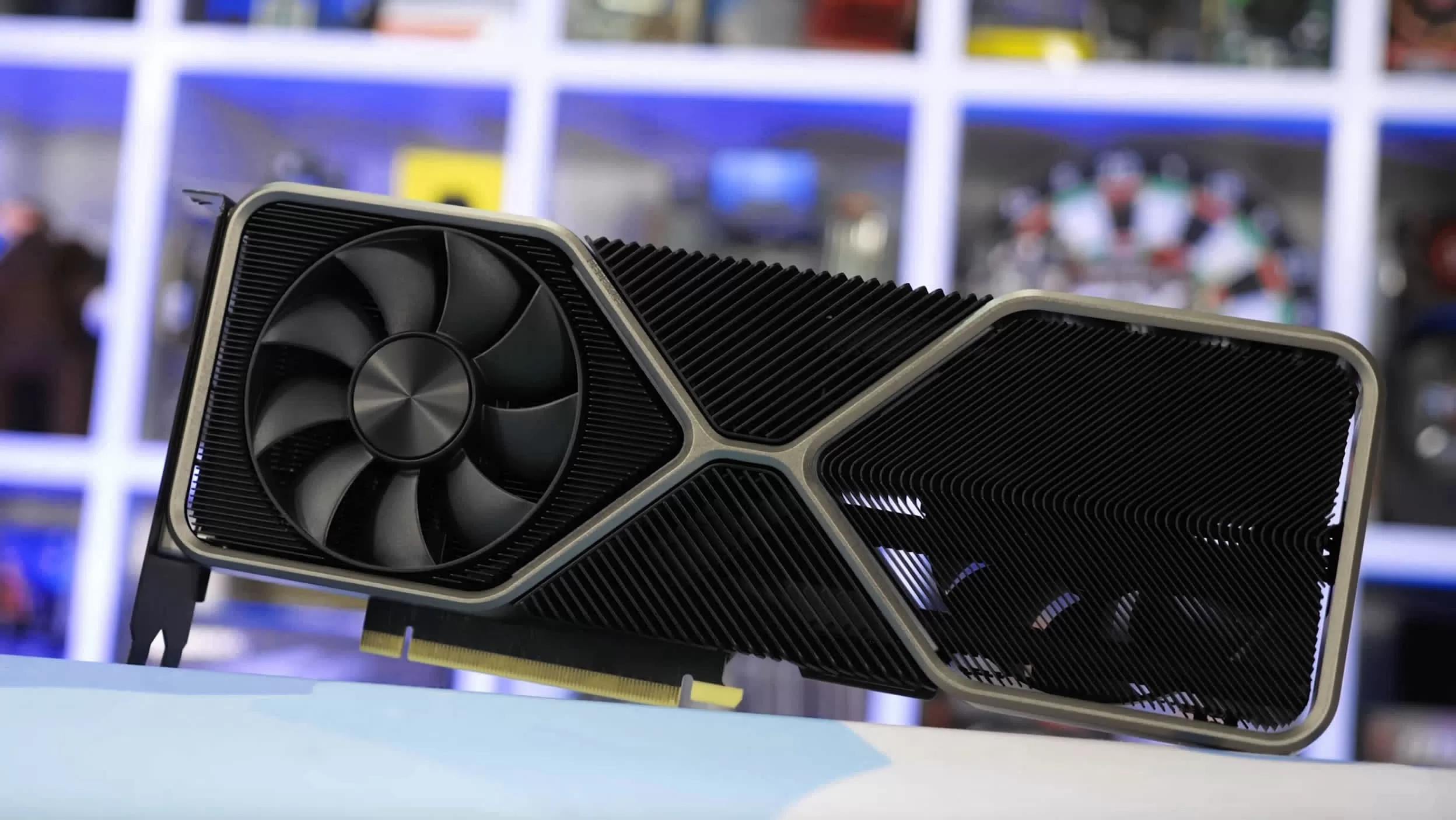Cons
- -Still expensive
- -Dongle is a little annoying
- -No USB-C in Founders Edition
Nvidia GeForce RTX 3080: A Brief Review in Thirty Seconds
Upon its initial launch, the Nvidia GeForce RTX 3080 was expected to deliver substantial advancements over Nvidia’s premier graphics card from the Turing generation, leading to exceptionally high expectations.
Similar to other models in the Nvidia Ampere lineup, the RTX 3080 not only meets the demands of high-performance gaming but also sets a new standard for elite graphics cards. It delivers rapid 4K gaming capabilities at a price point that, while not entirely affordable, remains relatively accessible.
The advancements of the RTX 3080 compared to its predecessors appear to represent the most significant generational leap in performance observed in recent years. It demonstrates a performance increase of 20-30% over the Nvidia GeForce RTX 2080 Ti, and even more remarkably, it outperforms the Nvidia GeForce RTX 2080 by 50-80%.
The appeal of this GPU is significantly enhanced by the fact that the performance increase is accompanied by a considerably more affordable retail price, which is nearly 50% lower than that of the previous generation GPU.
The Nvidia GeForce RTX 3080 significantly enhances accessibility to high-end gaming for the typical gamer, enabling the latest PC games to operate at improved refresh rates and elevated resolutions while remaining cost-effective.
While there are more affordable graphics cards that offer superior value, the Nvidia GeForce RTX 3080 stands out as the premier choice within the elite category. For individuals willing to invest, it provides exceptional performance and value, making it our top recommendation for those prepared to meet the price point.
Nvidia GeForce RTX 3080: Cost and Accessibility
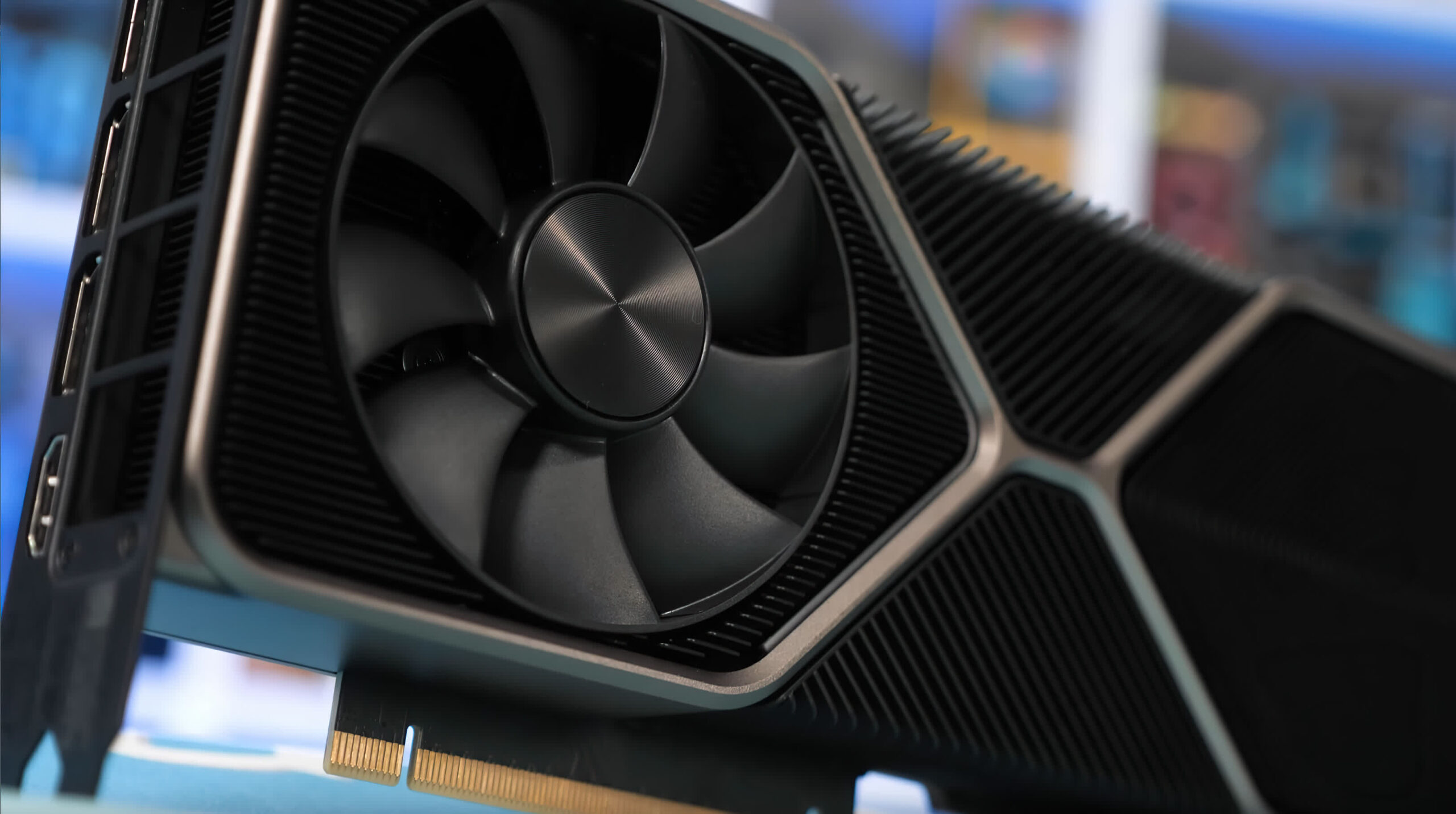
The Nvidia GeForce RTX 3080 is currently available, with a starting price, approximately for the Founders Edition. As is typical with significant graphics card releases, numerous aftermarket options will be offered by manufacturers such as MSI, Asus, Zotac, and others.
It is important to note that certain aftermarket graphics card designs may experience significant price hikes compared to the Founders Edition, influenced by factors such as advanced cooling systems and factory-optimized overclocks. However, all RTX 3080 models are expected to deliver performance levels that are generally comparable to the version released by Nvidia.
This option is more affordable than the Founders Edition card discussed in our review of the Nvidia GeForce RTX 2080, which was initially priced. This is certainly a positive aspect. However, it remains exceedingly costly, particularly when considering the prices of aftermarket cards.
The pricing of the RTX 3080 is not as extreme as that of the Founders Edition card discussed in our review of the Nvidia GeForce RTX 3090, which debuted at approximately. In contrast, the Founders Edition card featured in our Nvidia GeForce RTX 3070 review is priced more modestly. The reference card from our AMD Radeon RX 6800 XT review and the Gigabyte model from our AMD Radeon RX 6900 XT review are priced respectively. Thus, the RTX 3080 occupies a mid-range position within this generation of graphics cards.
While the RTX 3080 may not be the most affordable graphics card available, there are slightly superior options on the market that cost twice as much. Therefore, despite the high price tag of the RTX 3080, when compared to its competitors and the card it supersedes, the manufacturer’s suggested retail price is relatively reasonable considering the performance it delivers in relation to other models in this generation.
Nvidia GeForce RTX 3080: Specifications and Chipset Overview
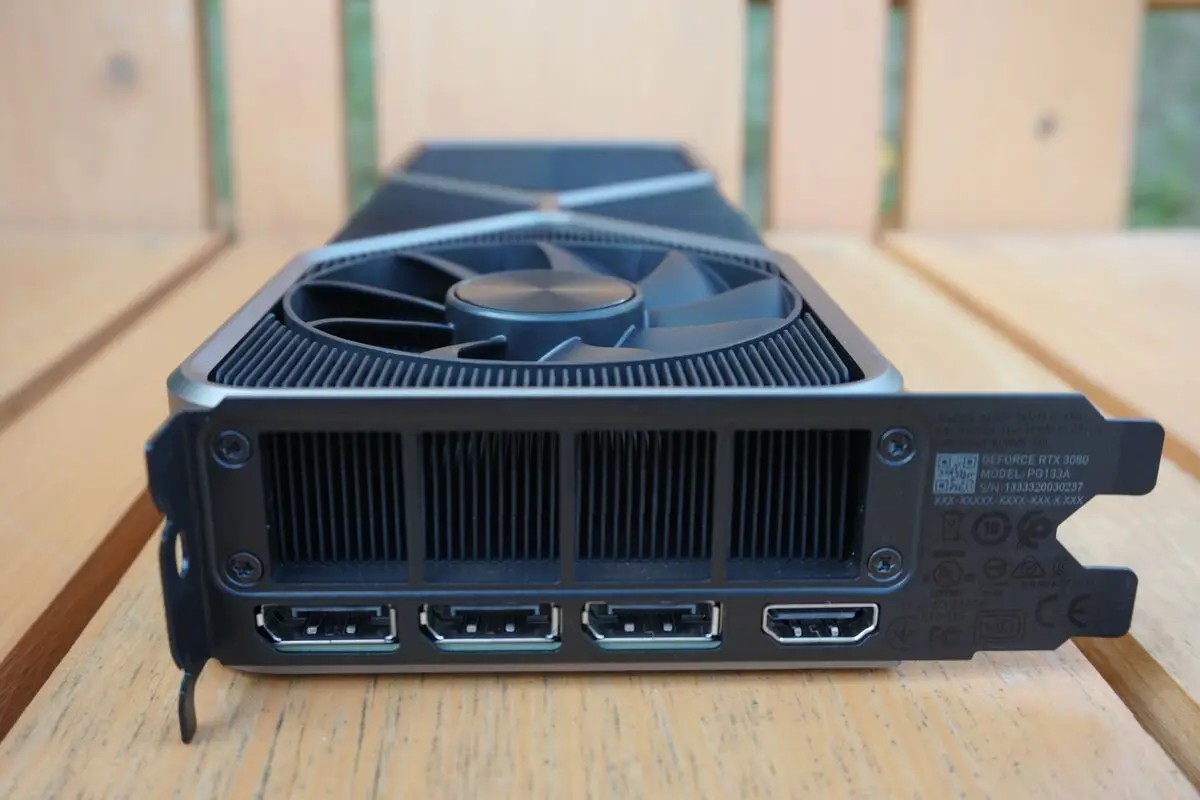
The Nvidia GeForce RTX 3080 utilizes the Ampere graphics architecture, which offers significant enhancements in both performance and power efficiency compared to its Turing predecessor. Nvidia’s substantial increase in the power budget relative to the RTX 2080, combined with improved power efficiency, results in an overall performance level that surpasses the capabilities of any Nvidia Turing graphics card.
Significant advancements have been made in the ray tracing (RT) and Tensor cores, which are now in their second and third generations, respectively. However, the most notable enhancement has occurred in the rasterization engine.
By implementing strategic optimizations, Nvidia successfully increased the number of CUDA cores on each Streaming Multiprocessor (SM) to double the previous amount. This was achieved by enabling both data paths on each SM to process Floating Point 32 (FP32) workloads, marking a significant advancement compared to the Turing architecture, which allocated one data path exclusively for integer workloads. As a result, the raw FP32 throughput is effectively doubled on a per-core basis; however, this enhancement may not necessarily result in a twofold increase in frame rates for many popular PC games.
This indicates that although the Nvidia GeForce RTX 3080 features only 46% more Streaming Multiprocessors (SMs) than the RTX 2080, with a total of 68, it significantly increases the CUDA core count from 2,944 to 8,704, nearly tripling it. Consequently, this results in an almost threefold increase in the theoretical FP32 throughput, rising from approximately 10 TFLOPs to 29.7 TFLOPs, representing a substantial advancement between generations.
The combination of an increase in CUDA cores, along with significant enhancements to cache, texture units, and memory bandwidth—facilitated by the transition to faster GDDR6X memory on a 320-bit bus—results in one of the most substantial generational improvements in gaming performance seen in recent years. However, it does not quite reach the anticipated ‘2x performance’ benchmark that some individuals may have expected. Further details will be discussed later.
The return of Nvidia’s RT cores is significant, as it is the reason behind the RTX designation. These cores have undergone substantial enhancements. The Nvidia Ampere series of graphics cards, such as the RTX 3080, features second-generation RT cores that operate in a manner akin to their predecessors, yet they boast double the efficiency.
Should you have ever inquired, “What is ray tracing?”, it refers to an innovative technique for rendering scenes with a high degree of realism. This process involves a Streaming Multiprocessor (SM) emitting a light ray into the scene under consideration, after which the Ray Tracing (RT) core assumes responsibility. The RT core performs all necessary computations to determine the trajectory of the light ray as it reflects off surfaces, subsequently relaying this information back to the SM. Consequently, the SM is free to focus on rendering the remainder of the scene while effectively utilizing the ray tracing data to enhance the realism of the lighting.
Regrettably, we have not yet reached a stage where enabling ray tracing does not significantly degrade performance. Perhaps in the future, the Nvidia RTX 3080 performs commendably, particularly when DLSS is activated (further details will follow).
The latest iteration of tensor cores boasts double the power compared to previous models, prompting Nvidia to incorporate only four tensor cores per streaming multiprocessor (SM), in contrast to the eight found in Turing SMs. Additionally, the increase in the overall number of SMs significantly enhances the performance of DLSS.
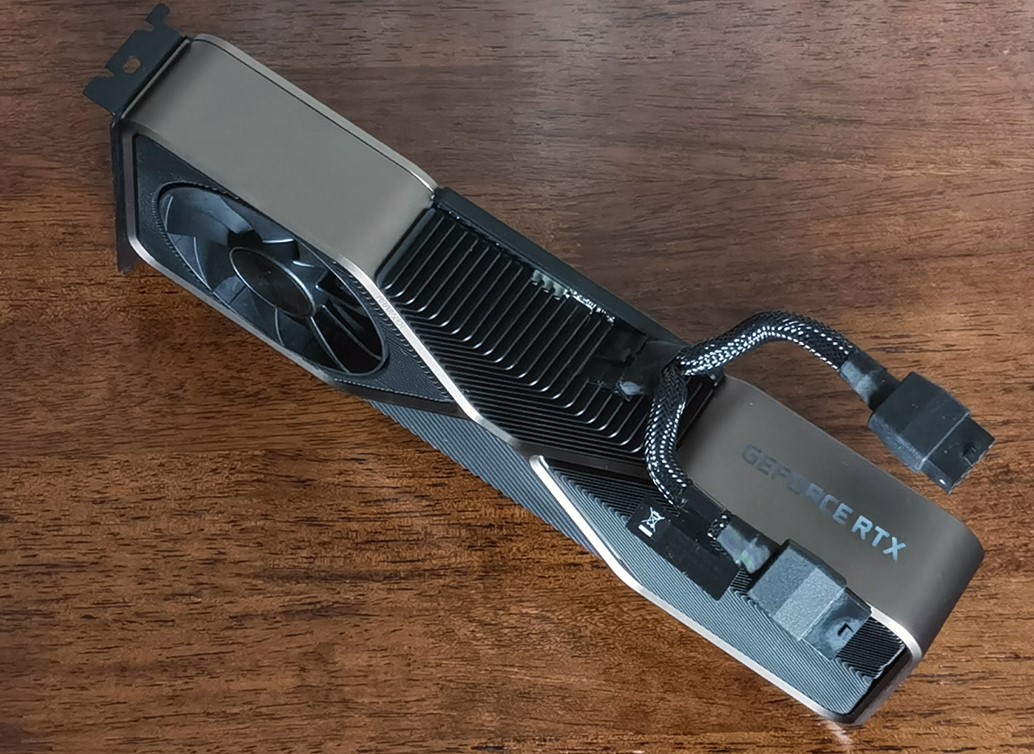
The current generation of graphics cards extends beyond gaming, as Nvidia has introduced several new features that will enhance the experience for nearly all users of RTX cards.
For example, we have long been enthusiastic supporters of RTX Voice, and Nvidia has now officially released it from beta, integrating it into a comprehensive broadcasting application. While RTX Voice effectively eliminates background noise from your microphone, Broadcaster allows you to remove distractions from your webcam feed or simply apply a blurring effect.
The video feature remains in its beta phase, and while we encountered some issues, it significantly surpasses any other available options for obscuring your background without the use of a green screen.
One of the most anticipated features to be implemented is Nvidia RTX I/O, an API designed to operate alongside Microsoft’s DirectStorage API, facilitating direct data transfer from the SSD to the graphics card. In upcoming games, this innovation is expected to significantly decrease loading times and replicate the impressive I/O performance showcased by next-generation consoles such as the PS5 and Xbox Series X. This technology is essential for the advancement of gaming technology, surpassing the importance of merely achieving high frame rates or visually appealing graphics.
Regrettably, this technology must be adopted by game developers within their titles, and we have not yet observed the tangible impact it will have in the real world. However, we plan to conduct thorough testing once the technology is broadly integrated. Given that the consoles will utilize comparable technology, we anticipate a quicker implementation process compared to that of ray tracing.
Nvidia GeForce RTX 3080: Design
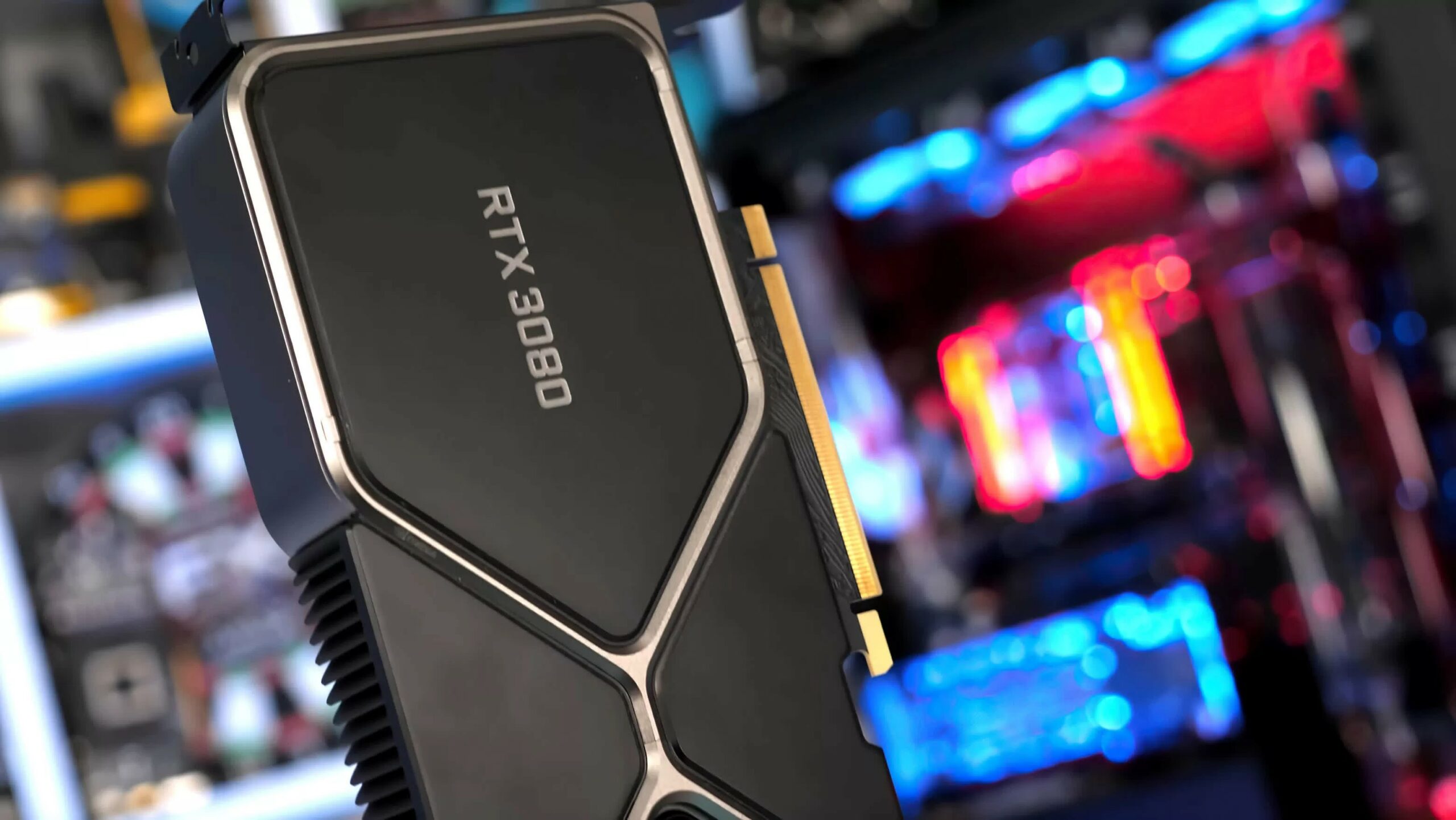
The innovative cooler design efficiently regulates temperature while enhancing the aesthetic appeal within a case. However, the newly introduced 12-pin power connector adapter cable is excessively short. Additionally, the absence of a USB-C output is a notable disappointment.
In the latest Founders Edition graphics card, Nvidia has introduced a completely redesigned cooling system that significantly enhances practicality compared to its previous reference designs. The company opted for a shorter, multi-layered printed circuit board (PCB), allowing the rear section of the card to be entirely dedicated to a heatsink. This innovative approach enabled Nvidia to install a fan on the back of the graphics card, which draws in cool air through the heatsink and effectively expels it out of the case.
Initially, we had some concerns regarding this fan design, particularly its potential impact on CPU and RAM temperatures, given that it directs hot air straight over these components. However, in our own setup, which features a Noctua NH-12UA air cooler paired with an AMD Ryzen 9 3900X, we did not notice any change in performance. It seems that the majority of PC games do not currently push both the GPU and CPU to their maximum limits.
Regarding power delivery, the introduction of the new 12-pin power connector has elicited a range of opinions. It is evident that the redesigned PCB of the Founders Edition card necessitates this more compact connector to accommodate the new cooling system. However, we would prefer if the 2 x 8-pin PCIe to 1 x 12-pin adapter provided by Nvidia were slightly longer. Currently, it poses challenges in securing it out of sight, although it is important to note that aftermarket cards will not be utilizing this connector immediately. Additionally, it is significant that Nvidia is offering the 12-pin power connector design to any manufacturer, including AMD, that wishes to adopt it.
The Founders Edition is equipped with three DisplayPort outputs and one HDMI 2.1 output for connecting displays, which is a positive feature. Nevertheless, it is disappointing that Nvidia has eliminated the USB-C output in this model. Content creators, who are likely to utilize this exceptionally powerful graphics card, increasingly prefer high-quality USB-C monitors in their work.
Although we encountered minor concerns with the Founders Edition and initially perceived it as unappealing upon its debut, it presents itself as a visually appealing piece of equipment in reality. The all-black design complemented by silver accents gives the RTX 3080 the appearance of a high-quality, professional-grade device.
The sole illumination comes from the white ‘GeForce RTX’ logo located on the side of the graphics card, a feature that is likely to appeal to those who prefer to avoid RGB lighting. Additionally, gamers seeking an extensive array of rainbow lighting effects can explore options available through third-party cards.
The sole illumination on the graphics card is the white ‘GeForce RTX’ logo located on its side, which is likely to appeal to those who prefer to avoid RGB lighting. Additionally, gamers seeking an extensive array of rainbow lighting options can explore third-party cards.
Prior to the installation of the 3080, the system was equipped with an Nvidia GeForce RTX 2080 Ti, and the contrast in performance was evident even before we began to assess metrics quantitatively. For example, one of our frequently played games is Final Fantasy XIV, which has become somewhat of an obsession. In this game, especially in the most recent expansion, there were instances where the RTX 2080 Ti struggled to maintain a frame rate above 60 fps at 4K resolution.
This is not the case with the RTX 3080. In reality, the game generally operates at frame rates between 75 and 100 fps at 4K resolution with maximum graphics settings, whereas the RTX 2080 Ti usually maintained a frame rate around 60 fps. This represents a significant improvement in performance at approximately half the cost.
This narrative continued to unfold in a cyclical manner regardless of the game we engaged with. In Metro Exodus, fully optimized with Ray Tracing and DLSS, we experienced a consistent 60 fps at 4K resolution. Control, featuring an array of ray tracing effects, also delivered a remarkably smooth performance. Even Final Fantasy XV, with its various optional graphical enhancements, maintained a stable 60 fps at 4K. The availability of 4K@60 gameplay is now a reality, albeit with a somewhat flexible interpretation of the term “accessible.”
Although the thermal performance observed in our benchmarks may not be particularly remarkable, it is important to note that these measurements were taken on an open-air test bench. In contrast, within our enclosed tower, which utilizes two 240mm fans for intake, the temperatures reached a maximum of approximately 60°C. This is significantly lower than the mid-80°C range typically experienced with the RTX 2080 Ti Founders Edition.
An examination of the benchmark results reveals that the Nvidia GeForce RTX 3080 occupies a unique position in the market, significantly outperforming the RTX 2080 Ti. In the 3DMark Time Spy Extreme test, the RTX 3080 demonstrates an impressive 63% increase in speed compared to the RTX 2080 and a 26% advantage over the 2080 Ti. This represents a substantial generational advancement, especially considering that the RTX 2080 was merely 40% faster than the GTX 1080, as noted in our review of the Nvidia GeForce GTX 1080 in 2018.
However, Time Spy Extreme does not represent the optimal performance scenario for the gains achieved by the RTX 3080. In the case of Red Dead Redemption 2, where we nearly maximized all settings except for MSAA—due to its high resource demand and limited value—we observed a significant 87% improvement from the previous generation.
This does not quite achieve the anticipated 2x performance increase that was suggested during the RTX 3080 announcement; however, it is certainly nearer to that goal than we initially expected. Overall, the RTX 3080 demonstrates a performance improvement of 50-80% compared to the RTX 2080, with the exception of Fire Strike Ultra, where it recorded a 29% advantage—nonetheless, this still represents a significant enhancement.
The significant disparity in performance is predominantly observed at 4K resolution, particularly when the graphics card operates without any bottlenecks. In numerous titles within our testing suite, even the AMD Ryzen 9 3950X, when combined with 64GB of RAM running at 3,600MHz, constrained the capabilities of the RTX 3080. Consequently, this explains why the RTX 2080 Ti and the RTX 3080 exhibit nearly identical performance at 1080p in Metro Exodus, yet the performance gap widens to a 19% advantage for the RTX 3080 at 4K resolution.
Consequently, we strongly advise against purchasing the Nvidia GeForce RTX 3080 unless one intends to utilize it for gaming at 4K resolution, or potentially at 3,440 x 1,440 if equipped with a high-quality ultrawide monitor that can fully leverage the capabilities of the RTX 3080. The performance improvements at lower resolutions are insufficient, making the Nvidia GeForce RTX 3070 a more suitable choice.
The capabilities provided by the Nvidia GeForce RTX 3080 significantly enhance the disparity between Nvidia and AMD in the high-end graphics card market. While the AMD Radeon RX 6800 XT is regarded as one of the top offerings from AMD, particularly in terms of gaming performance, it falls short when compared to the RTX 3080, which surpassed it in all synthetic benchmarks we evaluated.
Is it advisable to purchase an Nvidia GeForce RTX 3080?
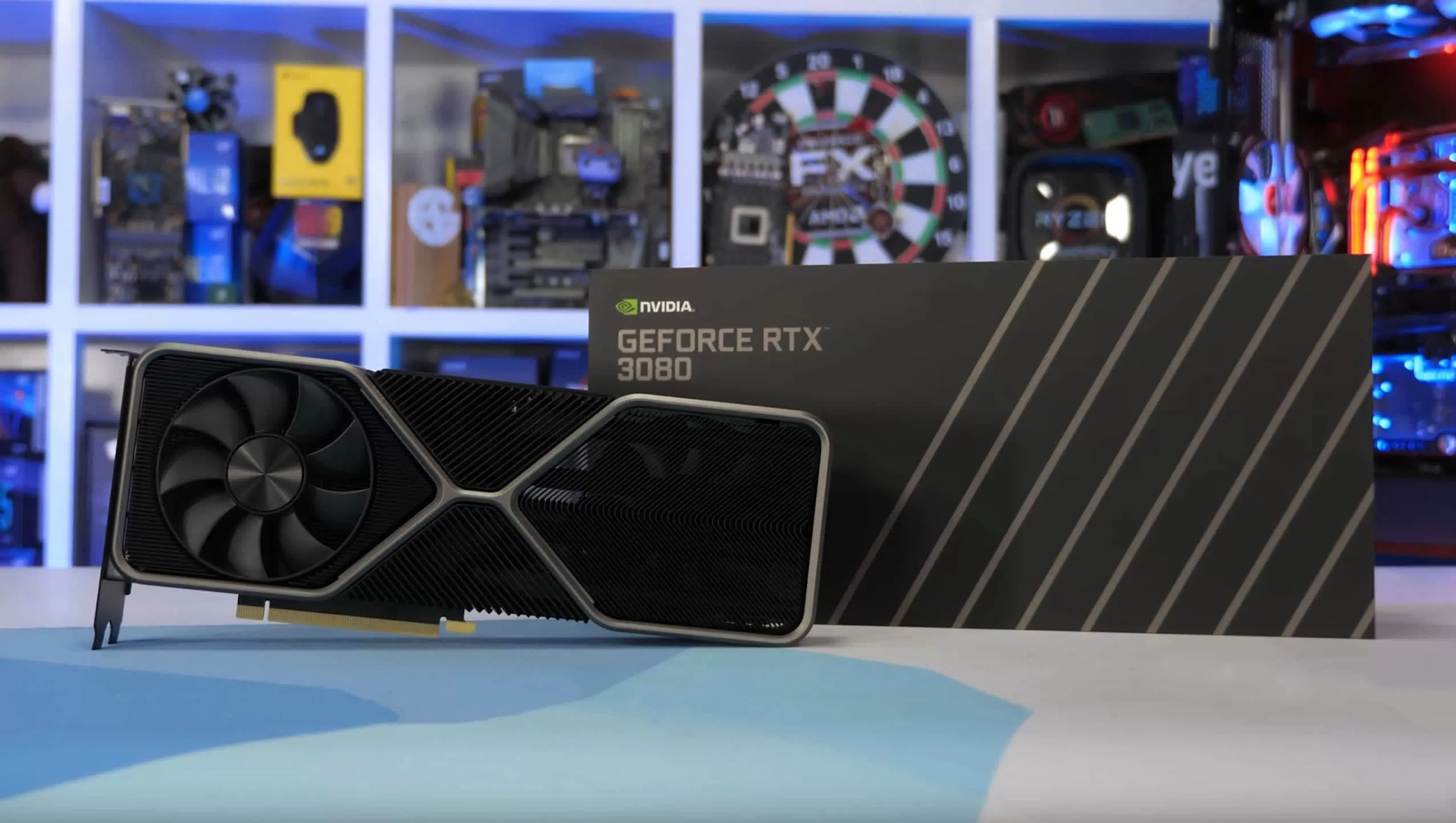
You seek optimal performance in 4K resolution.
Running games at 4K resolution presents significant challenges; however, the RTX 3080 stands out as one of the premier graphics cards for managing this task, particularly when considering its cost. This card enables users to achieve maximum settings in virtually all games at this resolution, maintaining frame rates around 60 fps.
You’re looking for performance that’s ready for the next generation.
As the next generation of gaming approaches, the performance demands are set to increase dramatically. The RTX 3080 boasts considerably greater power (at least theoretically) compared to the graphics processing units found in both the PS5 and Xbox Series X.
Your graphics card is of an older model.
The improvements in performance between Nvidia’s Pascal and Turing graphics cards were relatively modest, leading many users to retain their 10-series models. However, if you possess one of these earlier cards, upgrading to the RTX 3080 will result in significant performance enhancements.
Refrain from purchasing it if…
You engage in gaming at a reduced resolution.
The Nvidia GeForce RTX 3080 is designed for 4K gaming; therefore, it is not advisable to use this graphics card for gaming at lower resolutions, as it may lead to performance limitations even with the most advanced CPUs available.
You’re on a budget
Upon the introduction of Nvidia Turing, the RTX 2080 experienced a notable price hike compared to the GTX 1080. Although Nvidia did not increase the price further, it also refrained from reducing it to the levels seen prior to the Turing release. Consequently, acquiring the RTX 3080 will require a substantial financial investment, even if its value justifies the cost.

